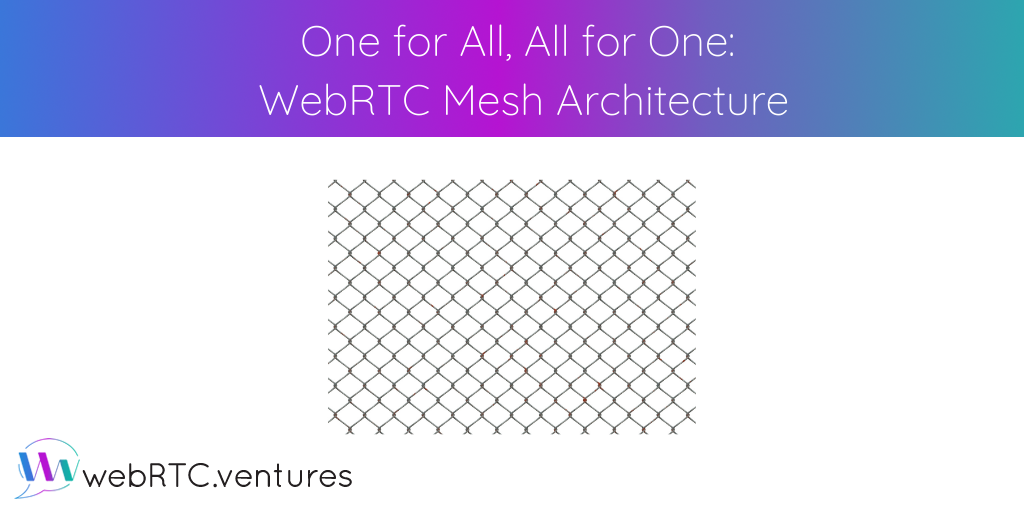
For our 58th episode of WebRTC Live, Arin Sime was joined by Red5 Pro CEO Chris Allen to discuss the evolution from peer-to-peer connections to SFUs to “XDNs” – multidirectional live content delivery networks designed for today’s real-time video experiences. Watch it here!

For our 57th episode of WebRTC Live, Arin Sime was joined by Anton Venema, CTO at LiveSwitch Inc for a deep dive into successfully scaling your WebRTC application in today’s technological landscape. They discussed the basics of scalability and media servers, optimizing for client vs. server efficiency, RTP packets and streams, bitrate management, the benefits of using a CPaaS to scale, and more. Watch it here!
Fixing an existing WebRTC application is not as much fun as building a new one, but it’s often necessary. Our team typically employs a combination of four fixes: re-architecting the media server or choosing a new CPaaS, solving compounding bugs, re-architecting the application, and improving the UX and error handling.

There are a number of strategies available for enabling WebRTC multi-party connections. The most simple choice is Mesh. But only if you don’t need to support more than 3-5 users on the same call and you don’t want a server in the middle. Our DevOps Engineer, Hector Zelaya, explains.






